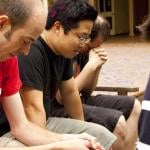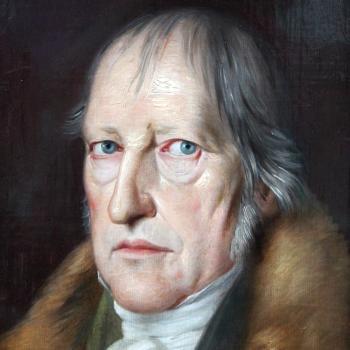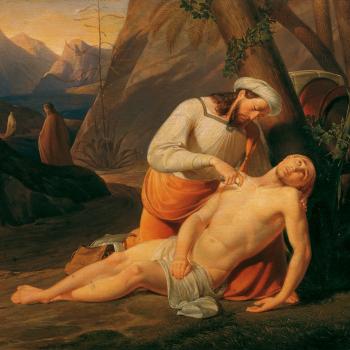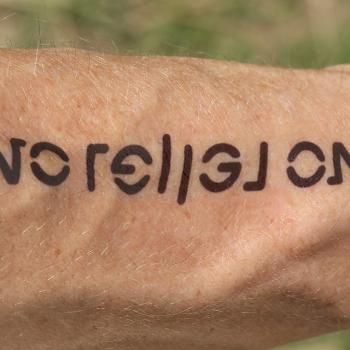Great Britain has had the reputation as one of the most secularized nations in the world. But that may be changing.
So says Sebastian Morello, the editor of The European Conservative, in his article for that publication entitled, This Easter, the Church Is Rising from the Grave.
Morello doesn’t quote the words of the great Roger Miller, but I will: “England swings like a pendulum,” in this case between religion and irreligion. Morello, himself a Brit, says, “There’s an odd characteristic about these isles—the explanation for which remains obscure—namely that more or less every hundred years Britain undergoes a dramatic Christian revival.” He explains:
Ever since Henry VIII’s Reformation, when the Church was subordinated to the state and became a creature of temporal powerholders, Brits have had to negotiate the problem of what we’ve come to term ‘secularism.’ And in dealing with this problem, they have fluctuated from religious indifferentism to religious enthusiasm, and back again.
Following the Reformation, there was a time of downplaying religious differences and emphasising the secular ambitions of cultural innovation and seafaring exploration in the Elizabethan period, but within a century the country was thrown into religious turmoil under the Stuarts. Following the 1688 Revolution, there was a time of religious apathy and during much of the 18th century the clergy were considered a mere branch of the gentry (and not a very respectable one at that; just read Jane Austen); yet within a century an extraordinary spiritual awakening led by John Wesley transformed the religious life of the country. Then, amid industrialisation and empire management, the country underwent a religious cooling; that continued until the Oxford Movement radically transfigured the religious landscape.
He says that by the usual historical pattern England is about 20 years overdue for another revival. But he sees signs of that happening. He cites an article by Madeline Grant, The Strange Rebirth of Christian England, which discusses the surge in church attendance among 18-to-24-year-olds, especially young men. She says that in 2018, only only 4% of this demographic attended church at least once a month. Today, that percentage has grown to 16%. He also cites Catherine Pepinster who has been chronicling the growth of Catholicism in her articles The Extraordinary Resurgence of the Catholic Faith in Britain and Young Brits Favor Catholicism over Anglican Church. In that latter article, she says that among Brits under 25, the proportion of Catholics to Anglicans is now two to one, due largely to conversions. He also notes the prominent conversions of “thought leaders” such as ex-New Atheist Ayaan Hirsi Ali and novelist Paul Kingsnorth.
Is something similar happening in the U.S.? Maybe. Newsweek recently published Are Gen Zers Becoming More Religious?, answering “yes.” And the New York Post recently published Young people are converting to Catholicism en masse — driven by pandemic, internet, ‘lax’ alternatives.
What intrigues me is this idea of an irreligious/religious cycle. I do see that in American history. I’ve heard that the Colonial years had become pretty godless in terms of church attendance and people’s beliefs, but then came the Great Awakening in the 1730s. And the Frontier was wild, wooly, and profane, but then came the Second Great Awakening , 1800-1830. The Gilded Age after the Civil War was materialistic in every sense of the term, but then came the Third Great Awakening, in the latter part of the century.
But perhaps the lowest point of religion in American life was during the “Religious Depression” from the middle of the Roaring Twenties through the economic depression. The nation pulled out of that with a resurgence of Christianity and church going after World War II, especially in the 1950s. According to Kirk Farney, Walter A. Maier and the Lutheran Hour, one of the most popular programs in the golden age of radio, played an important role in that. (See his book Ministers of a New Medium: Broadcasting Theology in the Radio Ministries of Fulton J. Sheen and Walter A. Maier and read my review.)

















